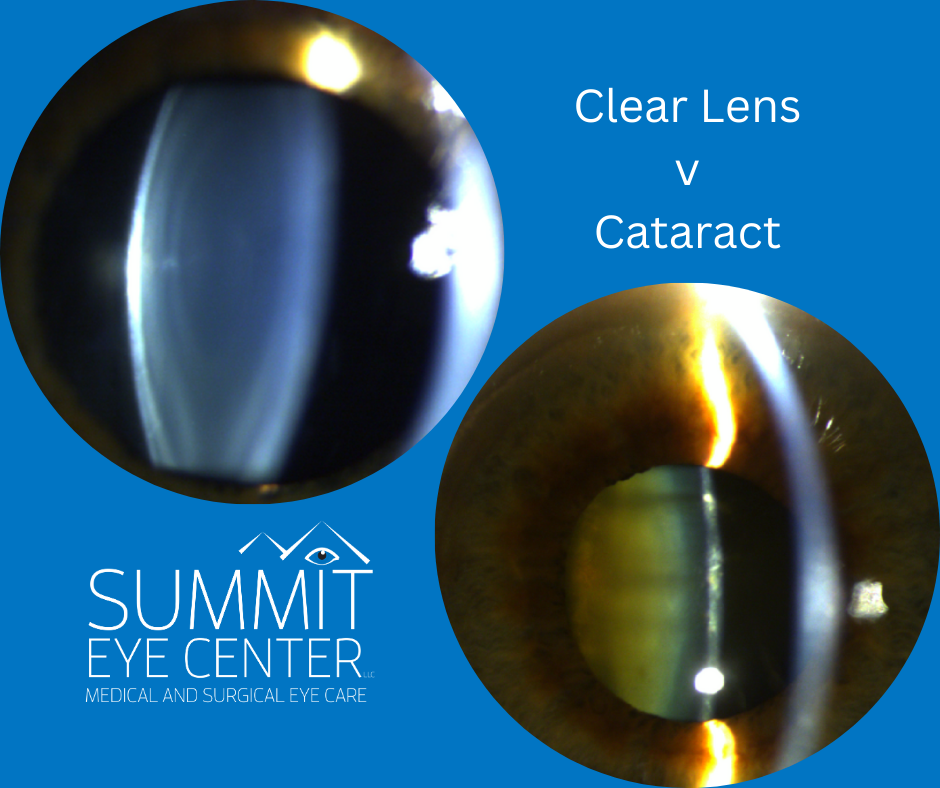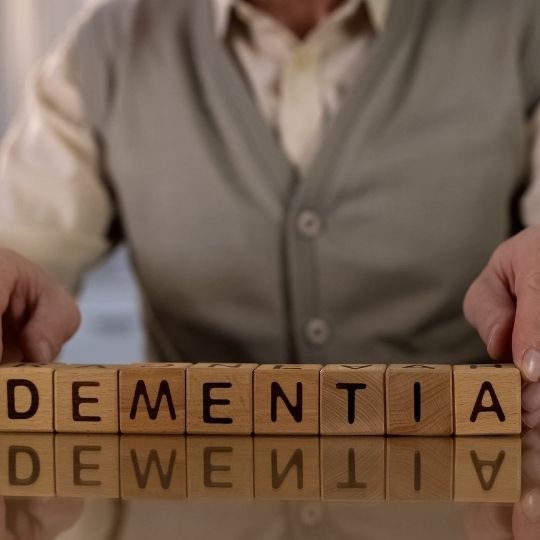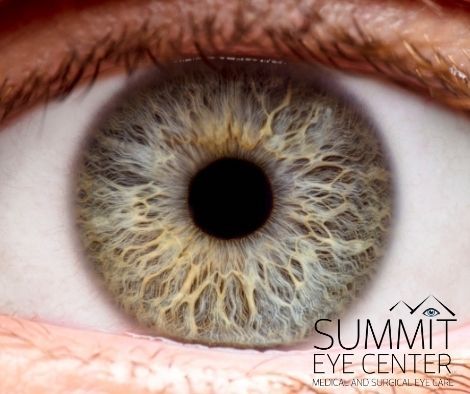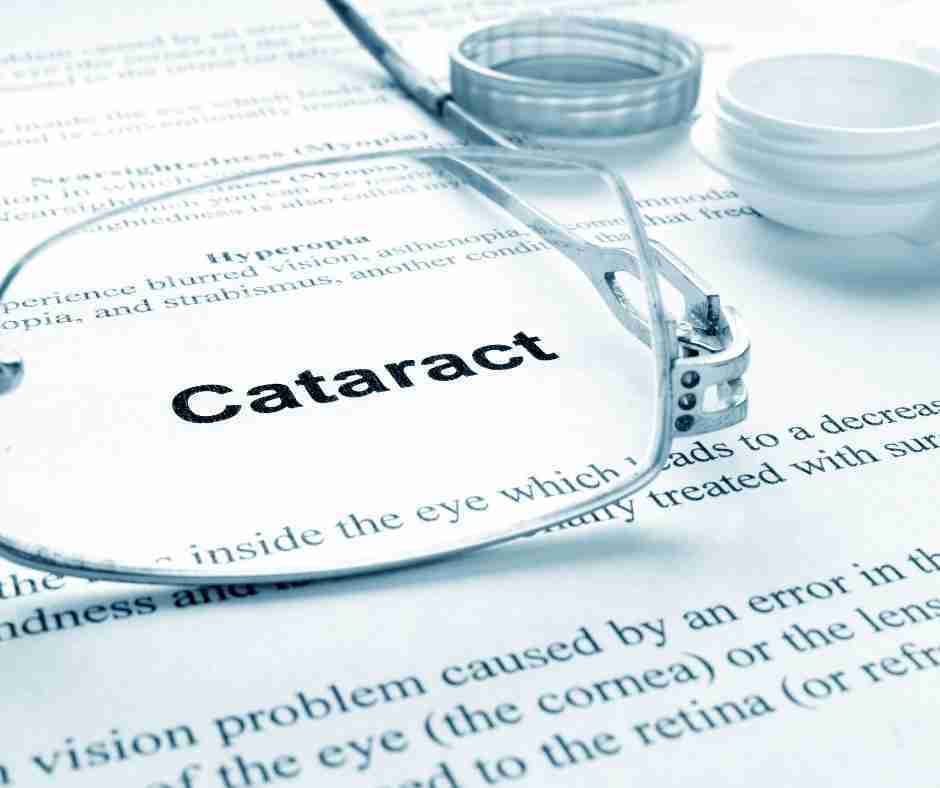
Have you ever looked through a foggy window or a dirty pair of glasses? That’s kind of what it’s like to have a cataract. Cataracts can make it hard to see clearly, especially as people get older. But don’t worry—doctors know how to fix them!

Have you ever looked through a foggy window or a dirty pair of glasses? That’s kind of what it’s like to have a cataract. Cataracts can make it hard to see clearly, especially as people get older. But don’t worry—doctors know how to fix them!

“The world only exists in your eyes,” was a quote from F. Scott Fitzgerald. This statement is very relevant when we think of our senses such as sight and hearing and their impact on the aging process and dementia.
Numerous studies have demonstrated an association between sensory impairment and cognitive decline. There are a number of reasons that loss of sight and hearing could contribute to an increased risk of dementia. Many of these involve increased social isolation or decreased cognitive stimulation as a result of the sensory impairment.

Summit Eye Center is proud to offer the first lens that can be customized after a person has cataract surgery, the Light Adjustable Lens from RxSight. This is the only available lens that allows optimization of a patient’s vision after healing from the surgery. This allows each patient to have customized vision based on his or her unique visual needs.

As we get older, our risk of developing an age-related eye condition significantly increases. In fact at least 1 in 3 Americans over the age of 65 have some form of an eye condition. The five most common conditions are cataracts, diabetic retinopathy, dry eye, glaucoma and macular degeneration.

This week, we will cover some of the most common questions we encounter when we discuss cataracts and cataract surgery with patients.
A cataract is a clouding of the natural lens that sits behind the iris, the colored part of the eye. With time, this lens clouds and affects the quality of our vision. Even a change in one’s glasses or contact lenses will not restore your vision at this point.

We have all heard the saying, “You are what you eat.” It is easy for us to believe that eating a diet full of fruits and vegetables is better than a diet of french-fries and potato chips. Most of us also believe that getting some exercise is better for our body than spending the afternoon on the couch watching football...unless the Chiefs are playing! This week’s blog will focus on some of the things we can do to help our eyes maintain as good of vision as possible as we age.
Not smoking is probably the #1 lifestyle decision we can make for our eyes and our bodies as a whole. Smoking leads to earlier development of cataracts. Those who smoke are twice as likely to suffer from dry eye symptoms. There is a 3x risk of developing macular degeneration in smokers versus nonsmokers. If we break this down to women who smoke versus women who do not smoke, the risk of developing macular degeneration is 5.5x higher in those who smoke. Diabetic retinopathy is a leading cause of vision loss. The incidence of diabetes is 30-40% higher in those who smoke. Those who smoke are 4x more likely to go blind in old age. It is never too late to quit! The following link from the Centers for Disease Control and Prevention provides resources for those interested in breaking the habit. https://www.cdc.gov/tobacco/campaign/tips/index.html

September is Healthy Aging Month. We can’t think of a better time to discuss 5 of the most common eye conditions encountered, as we get older. In no particulare order, presbyopia, dry eye, cataract, glaucoma, and macular degeneration are the most frequent ailments of the aging population.

A cataract is a clouding of the natural lens that sits in the eye right behind the iris, the colored part of the eye. Typically, cataracts are a result of the normal aging process of the lens. From childhood until the time of cataract surgery, this lens is changing. Cataracts are the most common cause of vision loss over the age of 40.
Early on, you may not even know that you have the beginning of a cataract. Often, the first symptoms of a cataract are an increase in nearsightedness called “second sight”. These patients notice that their near vision is actually improving from where it had typically been. This improvement in near vision is short-lived. As the cataract continues to grow, it will cause an overall blurring of one’s vision. Patients will also develop glare and halos around streetlights and headlights at night. This is a result of the scattering of light by the cataract. One’s perception of colors will also change as a cataract progresses. Colors will be less bright and may have a brownish hue.

Keeping with the theme of June being Cataract Awareness Month, this week’s blog will discuss a potential benefit of cataract surgery that many do not think of, improved sleep and cognitive performance.

You have been told you have cataracts. How do you then choose a cataract surgeon? This is an important decision, as it can be the difference between a satisfactory surgical result and a great surgical result. If you wish to minimize your need for glasses after cataract surgery it is even more important to choose a quality, experienced surgeon.

June is Cataract Awareness Month. There are over 25 million people in the United States who have a cataract. Projections have this number nearly doubling by the year 2050.
A cataract is a clouding of the natural lens of the eye. As the lens clouds, one’s vision becomes affected. A person may notice the following symptoms:

Summit Eye Center strives to provide the latest treatment options to our patients. Yesterday, Dr. Skelsey performed his first Hydrus Microstent procedures. In doing so, our patients are among the first in the Midwest to receive this innovative glaucoma treatment.
The Hydrus Microstent is the world’s first “intracanalicular scaffold” for the treatment of glaucoma. Roughly the size of an eyelash, it is made from a super-elastic, biocompatible alloy, which has been used in over 1 million implants in a variety of medical devices throughout the body.
Hours of Operation for All Clinics:
Mo-Th 8:00 AM – 5:00 PM
Fr 8:00 AM – 4:00 PM